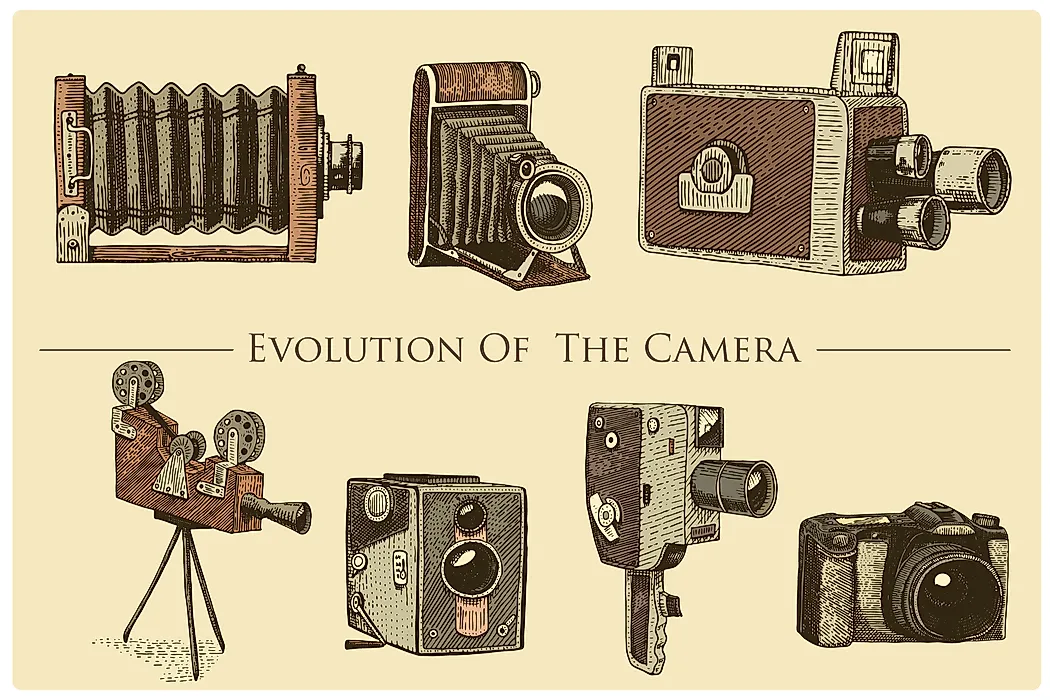The Cabinet of Dr. Caligari
The Cabinet of Dr. Caligari" is about a mad scientist named Dr. Caligari who uses a sleepwalker, Cesare, to commit murders. The film tells its story by using alternative methods like non-linear storytelling and thought-provoking sets that are not commonly used in modern films. The storyline contained flashbacks that kept the audience thinking and engaged. The cinematography was also very engaging, examples from the film are close-ups and the use of light and shadow to create a sense of unease and to convey the inner emotions of the characters.
The final plot twist reveals that Dr. Caligari is actually the director of a mental asylum and that the entire story was a hallucination of one of the patients. This type of plot twist is always my favorite because it forces the audience to reprocess their interpretation of the film and reform opinions after realizing the plot of the movie is not what actually happened. The set designs in the film are heavily stylized and use distorted perspectives and geometric shapes to create a sense of unease and to reflect the mental state of the characters. This was interesting because I would not think that early filmmakers were willing to think outside the box. It is very impressive to see an early filmmaker experiment with different ways to show the inner emotions of the characters.
The set designs show that storylines can be used to manipulate and deceive the audience and that the truth is not always obvious. This film is culturally relevant because it is a less common aspect of reality and the manipulation of the truth, and I think this film definitely has inspired other filmmakers in more modern times to create films like this one. Questions about the reliability of a narrator suggest meanings, cultural relevance, and the nature of film by highlighting the idea that what is being presented to the audience may not be truthful or reliable and that the audience has to question the validity of the story.

[Evolution of film cameras.] Camera obscura, which means “dark chamber” in Latin, was the first machine used to document film. Used in dark spaces, it works by light entering through a small hole, the product was the inverted image being cast on a wall.
Comments
Post a Comment